Black-Run America: Rethinking the Alamo
Jared Taylor, American Renaissance, July 19, 2024
It was all about slavery.
This video is available on Rumble, BitChute, and Odysee.
Some years ago, when my podcast co-host Paul Kersey started talking about Black-Run America, I laughed at him. I’m not laughing anymore.
Earlier this month, the Washington Post ran a big story on a $550 million project to spiff up the Alamo.

There’s going to be a grand restoration and a whizz-bang 100,000-square-foot visitor center.

Downtown San Antonio was built over a lot of the original Alamo grounds, and several buildings will come down to restore as much of the original area as possible.
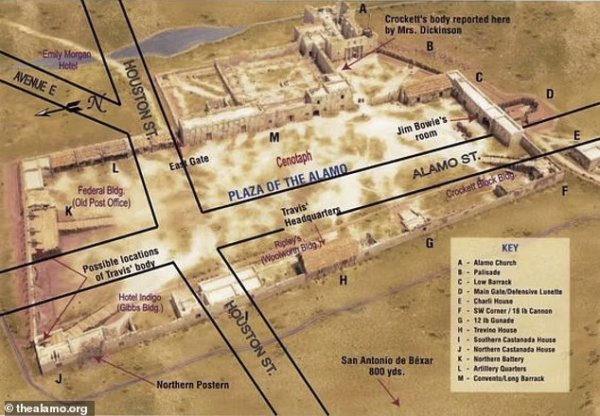
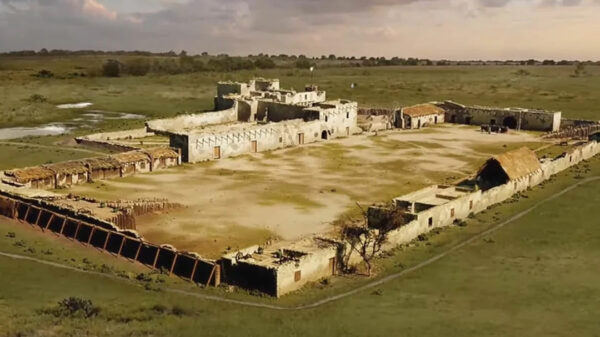
But for the Post, “[O]ne question has plagued the project for years: Will it fairly and accurately portray the role slavery played in the Texas war for independence against Mexico?”

I bet the role of slavery never occurred to you, but the Post was briefed on this by none other than the author of The Alamo: A Cradle of Lies, Slavery, and White Supremacy.
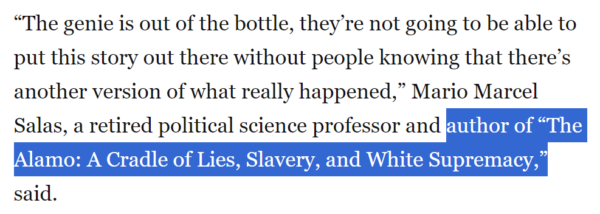
This book also explains that “Santa Anna, was correct to consider most of the defenders of the Alamo fort . . . to be murderers and thieves.”

This is only part of the sickening self-flagellation we’ll get from the new version of what used to be a shrine to Texas independence. Black people will be front and center – in ways you will hardly believe. Along with pre-Columbian Indians, Mexicans, and the noble struggle of today’s Hispanics for equal rights. Good luck finding Davey Crockett.
About slavery.

In 1829, the Vicente Guerrero government of Mexico abolished it, but that was largely symbolic, with slavery essentially unaffected, especially in Texas and in Yucatan. Texans decided to revolt six years later, only after Santa Anna came to power, abolished the Mexican constitution, and took away nearly all local state autonomy.

Other Mexican states – some of which never had slavery – also revolted: Zacatecas, Yucatan, Tamaulipas, and Coahuila y Tejas, which included Texas. Santa Anna crushed those rebellions, beginning with Zacatecas.
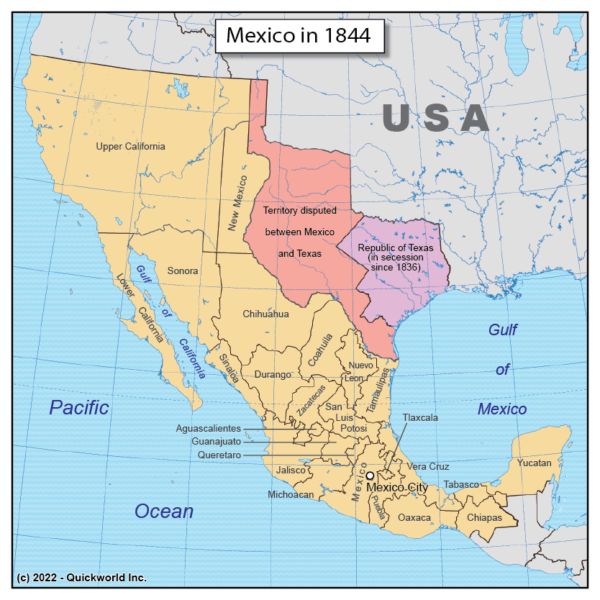
After the capital city surrendered, Santa Anna refreshed his troops by giving them two days of rape and pillage. They killed men, women, and children by the thousand.
The butchery convinced many Texans who had been loyal to Mexico that they had no choice but to leave, and Texas declared independence 10 months later. The declaration lists many reasons for leaving Mexico. It never mentions slavery.

Most of the 200 or so men at the Alamo were volunteers and frontiersmen.
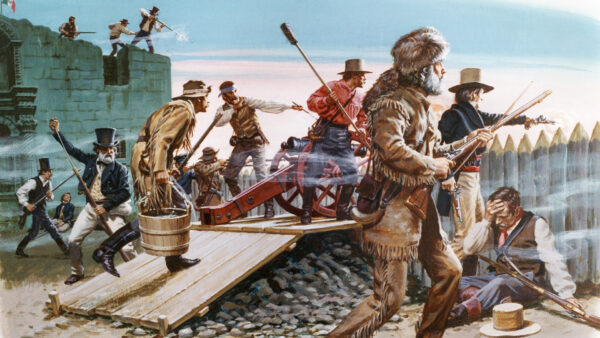
Only three are known to have owned slaves. The idea that those men were fighting for slavery is just what you’d expect from someone who calls the Alamo a cradle of lies, slavery, and white supremacy – and from the guy who used him as a source to write the Washington Post article. That’s Emmanuel Felton. He is a “race and ethnicity reporter” and before that, was on the “inequality desk” at BuzzFeed.

And admits it. What a joke.
Another flap is over nine, multi-culti life-size bronzes that will greet you as you enter the new visitors’ center. Two will be of “Indigenous people” who were there before the Spaniards. Others will represent the Spanish colony, and there will be “two depictions of the 1960s civil rights era, from Mexican American and African American perspectives.”

What’s any that got to do with the Alamo, you ask? Nothing. But you will look in vain among these statues for Travis, Bowie, or Crockett.
The biggest stink is over the bronze statue of a slave named “Joe,” who belonged to William Travis. He’s one of the hallowed nine statues because, as Kolby Lanham, senior researcher and historian at the Alamo explains, “Joe’s story is as important as Travis’ story when it comes to the Battle of the Alamo.”


I would have thought the commander of the Alamo was more important than his slave, but these days, it’s good to be black.

There’s more about Joe. The Mexicans massacred all the white men, but they let Joe live because they figured a black was a non-combatant.

A surviving eyewitness said Joe carried a rifle during the siege, and later in life he said so, too. The Alamo commission decided to sculpt him with a rifle.
Not so fast, said Deborah Omowale Jarmon, one of three blacks on the 25-man commission.

Joe is already an affirmative-action hire, so you’d think she’d be delighted to see him posing heroically with a weapon, but no. She thinks people will think he was fighting for Texas independence, and since Texas independence was about slavery, visitors would think Joe liked being a slave. Can’t have that.
All commission members, including Deborah Omowale, signed a confidentiality agreement not to talk about commission deliberations, but she broke her word and wrote to a newspaper to complain about Joe’s rifle. Thanks to black privilege, she is not only still on the commission, she’s demanding more power. She wants greater “diversity,” and “weighted consideration” on anything affecting non-whites, meaning she and the other blacks should have more say on anything about their people.

Who is this pest? She runs the San Antonio African American Community Archive and Museum, which I bet is funded almost exclusively by white people.

Before that, she was at the US Department of Transportation for 27 years, where she no doubt learned how to communicate with the spirits of long-dead blacks, and therefore knows whether Joe carried a gun and why.
There’s more. In 1921, Woolworth’s built a department store right where the new visitor center will go up.

The building is structurally shaky and was going to come down, but blacks yelled blue murder to keep it up. Can you guess why? I couldn’t, but it’s a “civil rights icon” because it once had a segregated lunch counter. Woolworths, along with six other stores in the city, integrated their lunch counters without protest or incident in 1960. It was such a non-event that no newspaper covered it and there are no photos.
The lunch counter closed in 1986, and all that’s left of it is a vague outline on the floor.

But blacks claim it’s a holy relic of their courageous struggle and must be preserved. The Alamo commission not only agreed to work the crumbling Woolworth façade into the new visitor center – it’s the part on the right, and looks pretty good, actually – the lunch counter will be reconstructed as the center piece of a permanent, always admission-free civil rights museum – right there in the Alamo visitor center.

Except that no one even knows what the holy relic looked like. And so . . . “San Antonio needs your photos to re-create historic Woolworth lunch counter, a civil rights landmark.”

From all this you would guess San Antonio has a big, powerful black population. Wrong. Blacks are only 6.5 percent of the city, so they are overrepresented two-fold on the Alamo planning commission. A quarter of the city is white and nearly two-thirds are Hispanic.
But blacks sure throw their weight around. Whites love to truckle to blacks, but I’m surprised the Hispanics do. For three years, the city even had a black lady mayor, Ivy Taylor – no relation.

The current mayor, Ron Nirenberg, is Jewish, even though Jews are not even one percent of the city.

San Antonio seems to enjoy minority representation.
And I bet you didn’t know that “One of the greatest prides of San Antonio is that we have the largest MLK march in the nation.”

So saith city councilman Jalen McKee-Rodriguez, licensed bar-tender, Zumba instructor, lover of all things DEI, and the first openly homosexual black man to serve on the city council.
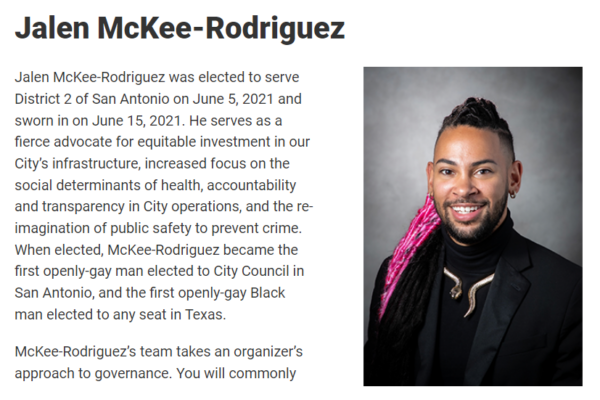
Dwayne Robinson is chairman of the MLK march commission.

Before this year’s celebration, he said, “We are determined to press on, just as King and other heroes and she-roes did.”

Alas, the weather was bad and the nation’s – probably the world’s – biggest MLK march had to be canceled. The expected crowd of 300,000 had to miss talks by 16-year-old anti-racist activist Mari Copeny and by 20-year-old Anya Dillard, who amplifies marginalized voices.


So, that’s today’s San Antonio, Texas for you, ladies and gentlemen.
One hundred eighty-eight years ago, on February 23, 1836, Santa Anna offered terms to the defenders of the Alamo: surrender or be slaughtered to the last man.
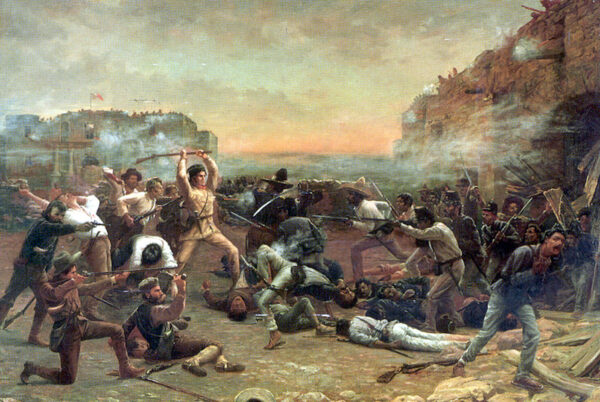
I can’t be sure, but I suspect that if Bill Travis and Davey Crockett could have looked into the future they would have walked away from that fight.















